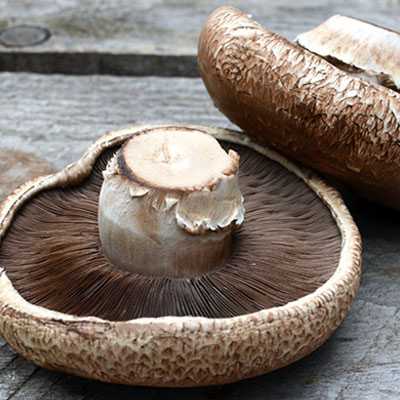How To Make Best Veggie Noodles?
How To Make Veggie Noodles Without Getting Them Too Watery? Here are some tips for making the best veggie noodles at home:
- Choose the right vegetables. Use vegetables that have a lower water content, such as sweet potatoes, carrots, red peppers and pumpkin.
- Salt the noodles. Sprinkling salt on the veggie noodles and letting them sit for a few minutes before cooking can help absorb excess water.
- Squeeze out excess moisture. After salting the noodles, use a clean kitchen towel or paper towel to squeeze out excess moisture. This will help prevent the noodles from becoming too watery when cooked.
- Cook it quickly. Overcooking the veggie noodles can cause them to release more water. Cook quickly in a hot skillet with a small amount of oil or simmer for a minute or two in boiling water.
- Serve immediately. Veggie noodles can release more water as they stand, so serve immediately after cooking.
How To Serve Veggie Noodles?
Vegetarian noodles can be served in a variety of ways. Grilled or roasted vegetables go well with veggie noodles. It can be served with protein such as grilled chicken, tofu, shrimp or salmon.
Here are our delicious recipes that you can serve with Vegetable Noodles:
How To Store Veggie Noodles?
It is best to consume vegetable noodles fresh. However, it can be stored for 3 days in the refrigerator in an airtight container. It is best to store the veggie noodles and the sauce separately. Add the sauce just before serving. This will prevent the noodles from getting wet.
Can Veggie Noodles Be Frozen? Yes, veggie noodles can be frozen for longer storage.
- Prepare the vegetable noodles according to the recipe.
- After boiling the noodles, transfer them to a bowl of ice water.
- Drain the noodles and pat dry with paper towels.
- Put the noodles in a freezer-safe container or bag.
- Store the noodles in the freezer for up to 3 months.
When you're ready to use the frozen noodles, thaw them overnight in the refrigerator or at room temperature for a few hours. Be careful not to overcook. Frozen veggie noodles may have a slightly softer texture than fresh ones.
How To Reheat Veggie Noodles?
You can reheat the veggie noodles on the stove, in the oven, or in the microwave.
Stovetop: To reheat veggie noodles on the stovetop, add some oil or sauce to a skillet and heat over medium heat. When the oil or sauce is hot, add the noodles and cook for a few minutes, stirring occasionally, until warmed through.
Oven: To reheat veggie noodles in the oven, preheat the oven to 350 °F (175 °C). Place the noodles in an ovenproof bowl and cover with foil. Bake for 10-15 minutes or until well warmed up.
Microwave Oven: To reheat veggie noodles in the microwave, place them in a microwave-safe container and cover with a lid or microwave-safe wrap. Heat the microwave on high for 1-2 minutes.
Be careful not to overcook the veggie noodles. Otherwise, the noodles can be mushy. Gently reheat and add some sauce or oil to prevent it from drying out.
Can Veggie Noodles Be Made Ahead? Yes, you can pre-make veggie noodles.
Cook the vegetable noodles according to the recipe. Store in an airtight container in the refrigerator until ready to use. Gently heat a skillet with some oil or sauce before serving. Do not overcook them as they can soften.

















































